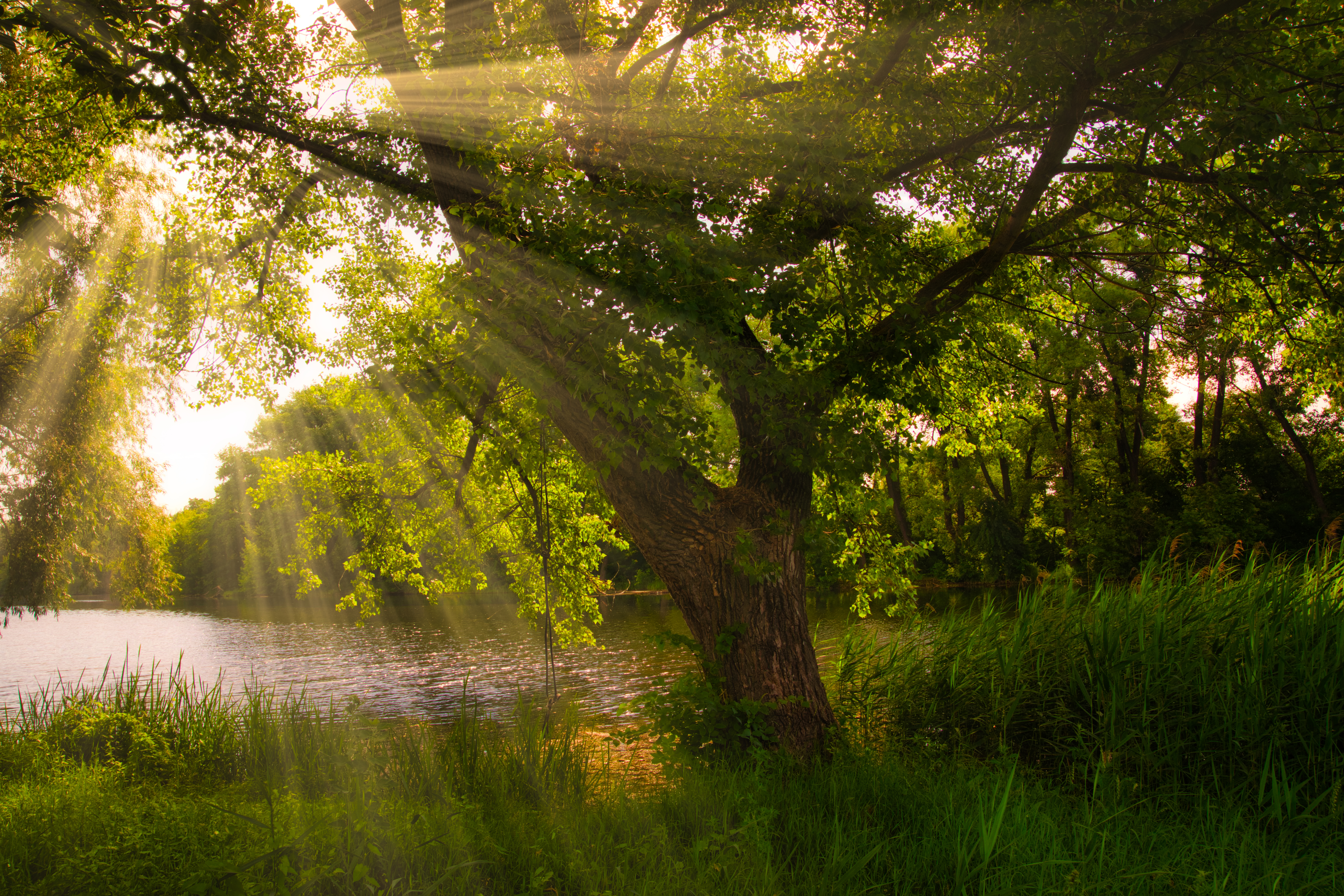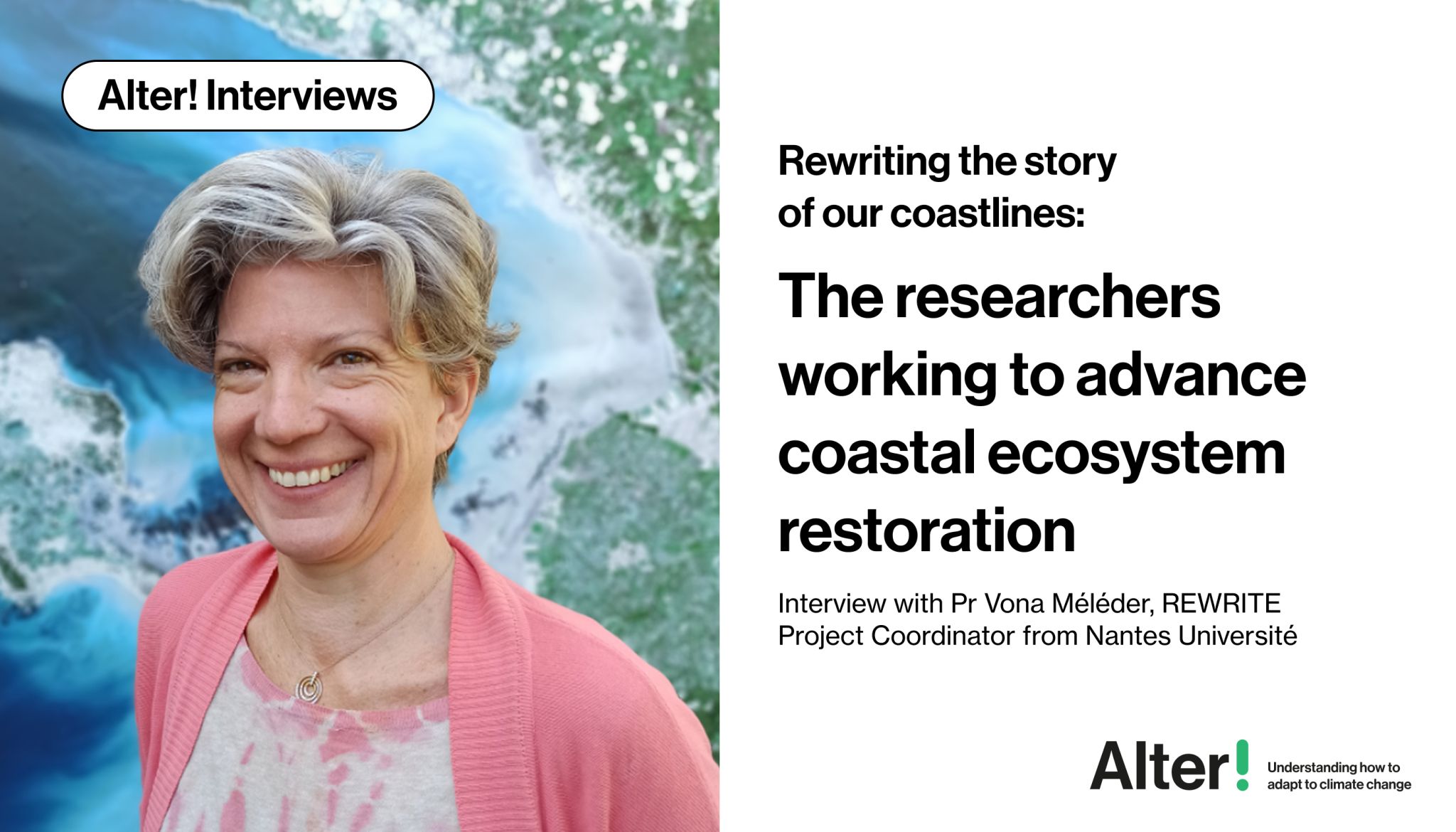Nature Restoration Law: A New Era of Nature Restoration

Passed on the gong!
A few months before COP16 Biodiversity, to be held in Colombia from October 21 to November 1, 2024, the European Union's Council of Environment Ministers definitively adopted the "law" on nature restoration on June 17. Although adopted in the first reading at the end of 2023, this essential text of the EU Green Pact (2019) seemed doomed since Hungary announced it would no longer support it, with Hungary taking over the rotating presidency on July 1... However, on June 17, 20 out of 27 states, representing 66.07% of the EU population, voted in favour of the text. The vote swung thanks to the unexpected support of the Austrian Environment Minister.
Two years of turbulent proceedings
This new European legislation represents the world's first legislation for nature restoration. The European Commission initiated it in June 2022 based on an alarming observation: 80% of natural habitats are considered to be in poor condition within the European Union, despite the requirements of European directives and, in particular, the Natura 2000 directives (Habitats Fauna Flora May 21, 1992, and Birds 2009). The voting procedure followed by this regulation was not straightforward, particularly in Parliament, where a right-wing coalition set back the text's ambitions concerning the areas to be restored affected by agriculture.
A new European REGULATION
This ambitious piece of European legislation is based on a regulation rather than a directive: in the typology of "European laws", it is directly binding on States and can be invoked by parties within 20 days of its publication in the Official Journal. It does not require transposition for its legal regime to come into force. European regulations are, therefore, often precise, technical and quantified pieces of legislation. What does this regulation provide for?
The regulation's provisions and deadlines
The principle is that States must restore at least 20% of the EU's terrestrial and marine ecosystems (corresponding to 30% of ecosystems in poor condition) by 2030, and all degraded ecosystems by 2050 (with an intermediate level of 60% by 2040).
The European regulation defines legally binding targets and obligations for each of the ecosystems listed, ranging from farmland, forests and grasslands, to coastal and marine ecosystems (including seagrass meadows and sponge and coral reefs), freshwater ecosystems (wetlands, rivers, lakes) and urban ecosystems. Each country will be required to submit a national restoration plan to the European Commission, with Natura 2000 areas prioritized by 2030.
Intertidal zones and nature restoration regulations.
The areas at the heart of Rewrite are mainly concerned by articles 1 to 5, followed by articles 11 to 18 (national restoration plan regime, assessment and monitoring measures). Article 11, for example, states that national plans should contribute as effectively as possible to nature restoration and climate change mitigation, the issues at the heart of Rewrite.
Articles 1 to 9 define the objectives of the regulation, as mentioned above, as well as its territorial and ecological scope of application: the entire territory of the member states, as well as the waters, seabed and subsoil under their jurisdiction (art. 2). Article 3 defines the concepts of ecosystem, species habitat, restoration, good status, etc. Article 4 sets out objectives for restoring terrestrial, coastal and freshwater ecosystems, restoring species habitats and recovering certain areas, which Article 5 covers for marine ecosystems.
The regulation, to define in detail the ecosystems concerned by this ambition to restore nature, is based, as is traditional in European environmental law, on annexes linked to the typology of natural habitats; Annex I of the regulation refers to Annex I of the Natura 2000 directive of May 21, 1992, categorizing and prioritizing six habitat groups, including coastal wetlands (Annex I) such as "estuaries", " mudflats or sandflats not covered by seawater at low tide" or "Atlantic salt meadows", to name a few. For marine ecosystems (art. 5), "seagrass meadows on sand or Atlantic intertidal mud" (appendix II) can also be added.
Although its application is still forthcoming, pending the preparation and approval of national restoration plans, this European nature restoration regulation directly concerns the Rewrite project. It will undoubtedly have to be integrated into the planned rewilding scenarios.
If you want to learn more about the Nature Restoration Law and Council's green light, read here: https://www.consilium.europa.eu/en/press/press-releases/2024/06/17/nature-restoration-law-council-gives-final-green-light/
Article written by Arnaud Bertrand de Lajatre, senior scientist, and Coralie Cherre and Soléna Puig, students at University Angers.



